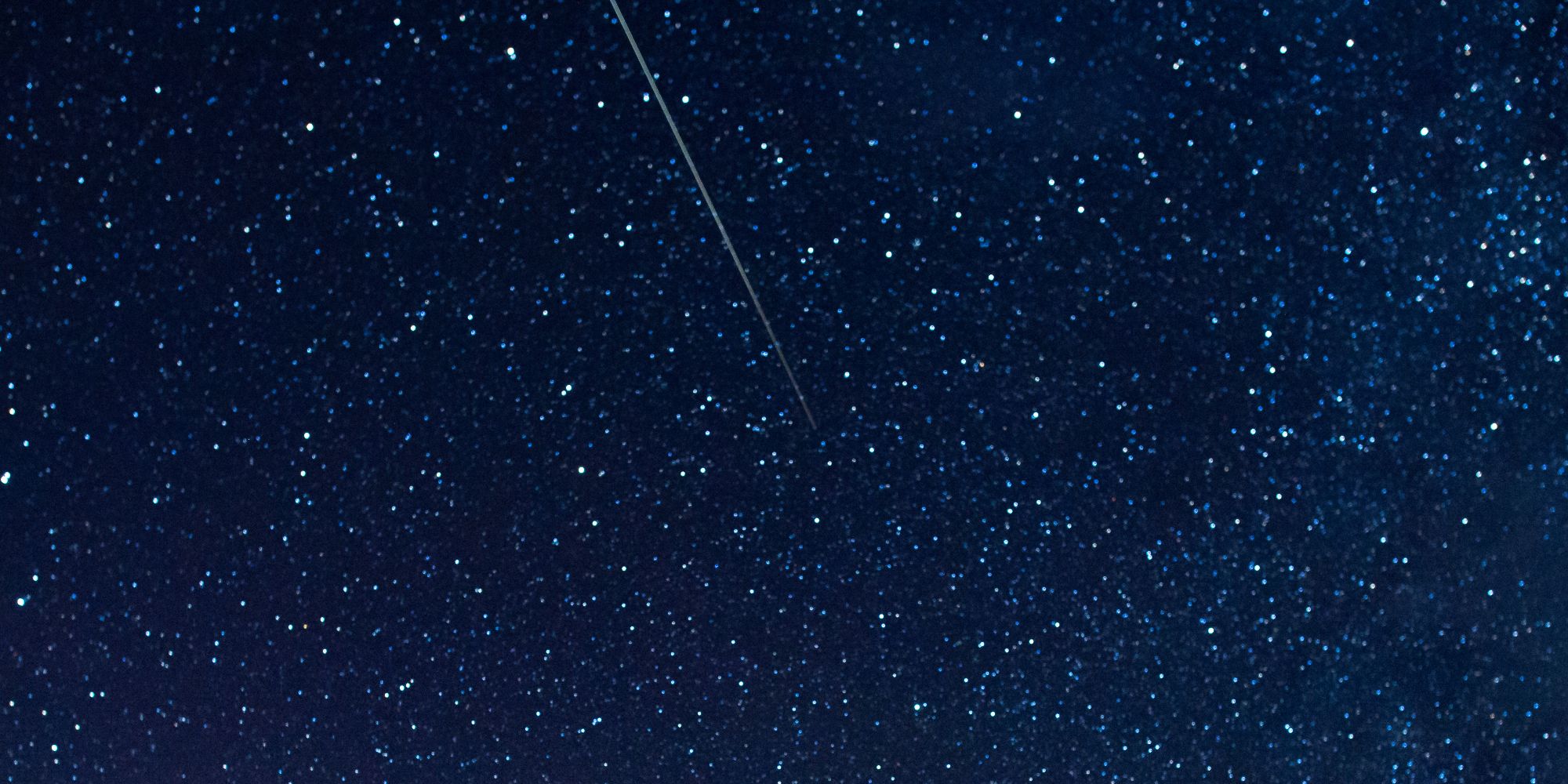
Watching any meteor shower can be loads of fun, and thanks to the incoming ‘Arids’ shower, some people will have a spectacular opportunity to watch it make its first ever appearance on Earth. It’s no secret that outer space is one of the most fascinating things around. It’s a never-ending canvas of mystery and wonder. Whether it be planets in our own Solar System or galaxies millions of light-years away, there’s always something new to learn about the great beyond.
While deep space and research have to be left to the professionals, that’s not to say the rest of us can’t also make our own observations. A prime example of this is meteor showers. Throughout the year, numerous asteroids and meteorites hurtle through space, get sucked into Earth’s atmosphere, and soar through the sky. If someone is in the right place at the right time, they can see these visiting space rocks with their very own eyes. Some are easy to miss, others are jaw-dropping, and there are multiple chances to see one for yourself.
Along with the many meteor showers that occur every single year, astronomers are now preparing for a meteor shower that’s never been seen on Earth before. The shower is known as the ‘Arids.’ The name comes from the Ara constellation where the meteors originated, and while they were initially spotted by The SETI Institute on September 30, the inaugural shower isn’t expected to peak until Thursday, October 7. Astronomers predicted the Arids shower all the way back in 1995 by studying ejected particles from Comet 15P/Finlay, but it isn’t until now that it’s been visible.

It’s not very often people get to witness a new meteor shower being born, but with Arids, that’s exactly what’s happening. It’s already been added to the IAU Working List of Meteor Showers — proudly carrying the code ARD and an identifying number of 1130. It remains unclear if and when Arids will return following its visit on October 7, but regardless, this is an incredible opportunity that shouldn’t be missed.
For folks interested in watching Arids’ grand debut for themselves, the bad news is that it will be fairly limited. The folks at Space.com confirm it’ll only be visible from the Southern Hemisphere, with the best viewing locations including New Zealand, Argentina, and Chile. The shower will also be quite small and slow, meaning proper viewing equipment is a must to get the full experience. For anyone who does happen to be in those areas, look for the shower around 00:35 UT and 03:55 UT on October 7.
It is disappointing that folks in the Northern Hemisphere have to sit this one out, but it’s also important to remember that this isn’t the only meteor shower to keep an eye on. The annual Draconid shower is expected to peak early in the morning on October 8, offering a gorgeous view of additional space rocks. Whether you’re in a position to watch Arids or Draconid, be safe, have plenty of time to get comfy, and enjoy the upcoming shows!
